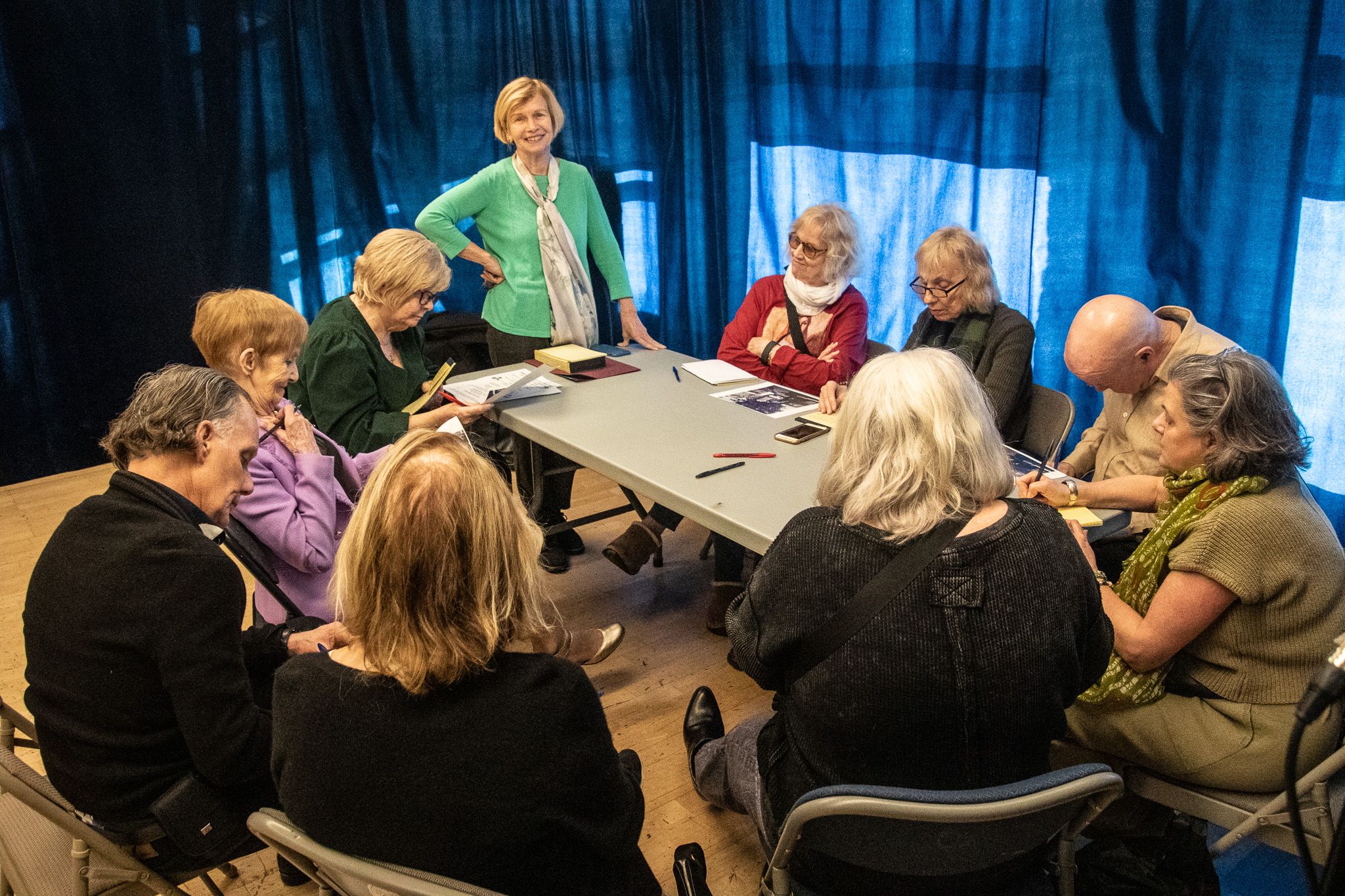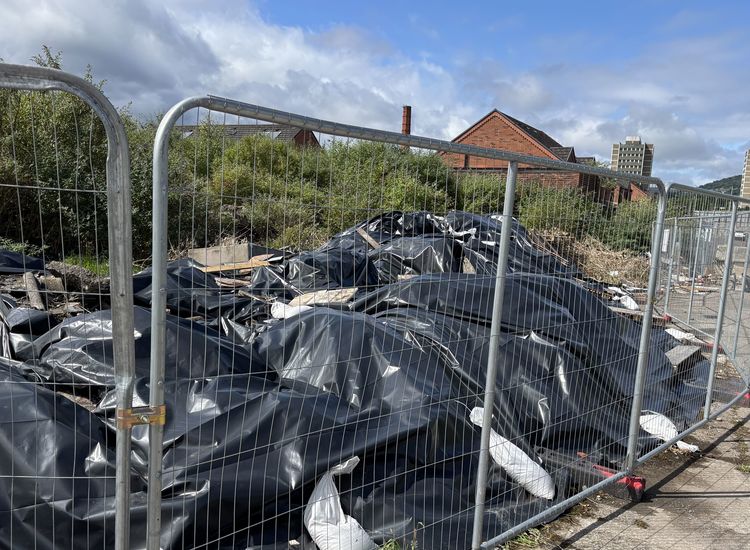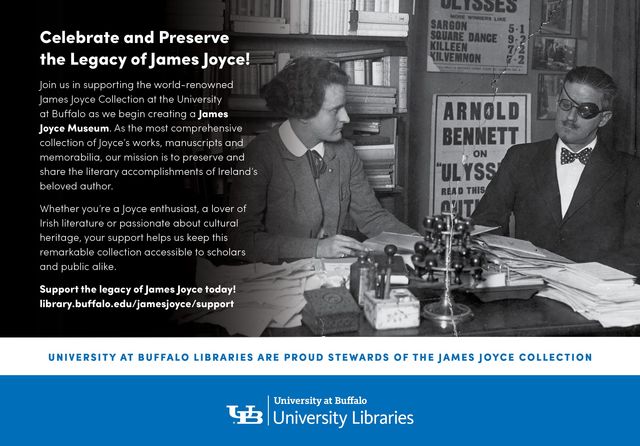Braving the frigid wind tunnels in midtown Manhattan on Saturday, Feb. 1, participants heading to this annual celebration at the Ripley Grier Studios on 8th Avenue were greeted by a very different atmosphere inside Room 16U. Four talented musicians, Maureen Carson and Patricia McCue on fiddle, Danny Fanelli on guitar and Joan DiBlasi tipping the bodhran, are a performing Westchester County group keeping traditional music alive. They played lively tunes to set feet tapping as tables were set for language, writing and craft workshops. Tins of home-made soda bread and Bairin Breac nestled next to Barry’s Tea, to welcome 36 eager guests gathering to celebrate St Brigid's Day, the first day of the Celtic spring.
St Brigid, patroness Mother Saint of Ireland, evolving from the pagan Celtic Goddess Brigid who was associated with poetry, healing, fertility and fire. This overlap between Irish mythology and Christianity made Brigid a powerful figure in Irish history. She founded Kildare Abbey and pioneered learning for women. Her feast day, now a public holiday in Ireland, is an opportunity to showcase aspects of these qualities by sharing cultural and practical skills. In this way she stands beside St Patrick in receiving national recognition.
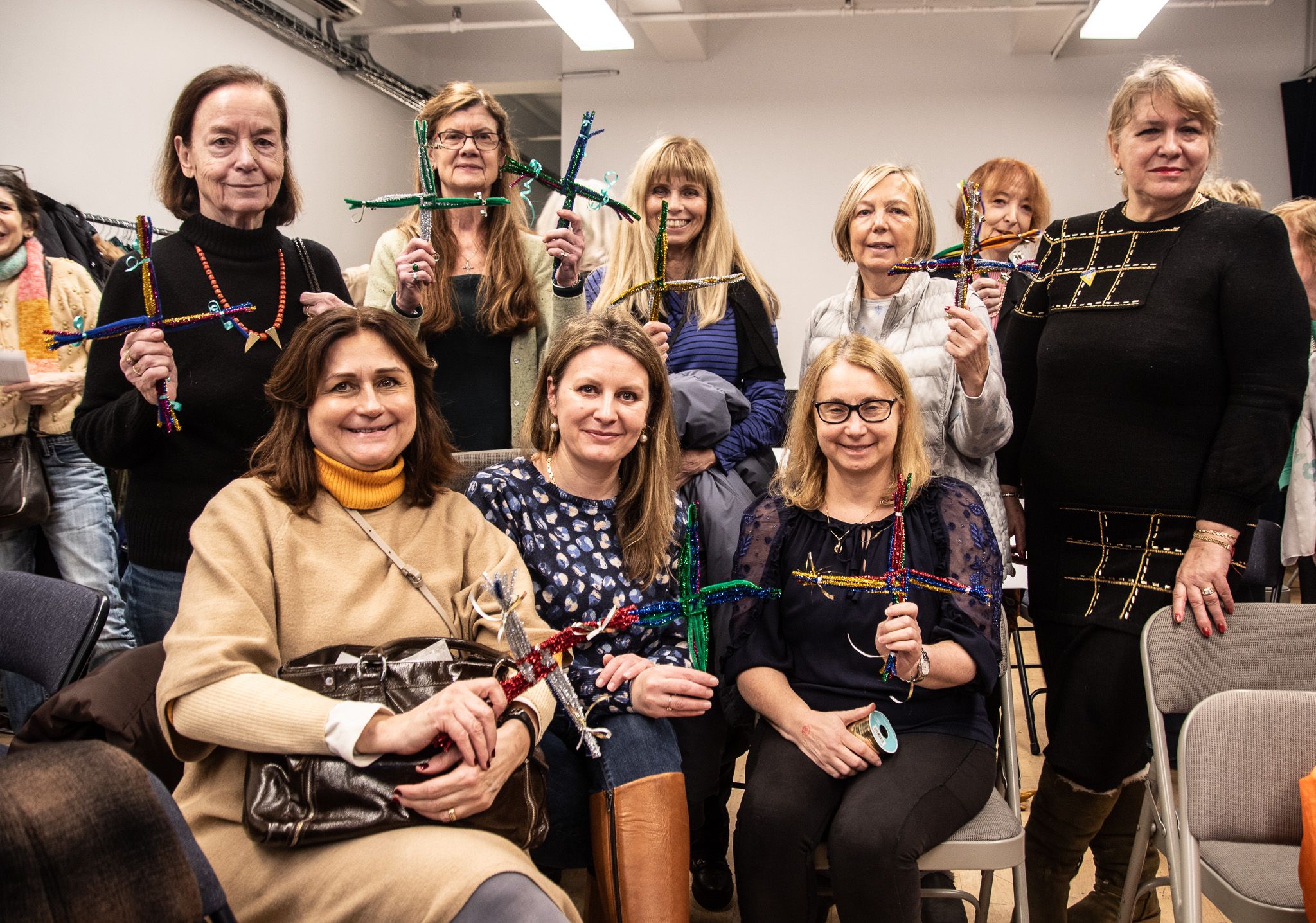
Ukrainian women, and the writer, second from left back row, with the woven crosses.
The women's group Nollaig na mBan NY hosted this event, one of the 4 Celtic ‘Fire Festivals the members plan to mark the seasons. Six core women and many inspired additional volunteers lead activities, bring supplies and encourage supporters, ultimately raising a donation to their chosen charity - in this case the New York branch of the Ukrainian Women's League of America (https://unwla.org), a 100-year-old organization working to refresh awareness of the plight of their country. Contributions help Ukrainian refugees here in New York, as well as the needs of their countrymen and women resisting invasion.
Maura Mulligan, founder of Nollaig na mBan NY and a well-known embodiment of Irish culture, welcomed all and explained the significance of the festival. and of Brigid herself on the traditional underpinnings of Irish life. Also known as “Imbolg,” Maura told us the word means
“in the belly,” referring to the ewes who were pregnant at this time, and the seeds germinating deep beneath the soil. New life and growth after the darkness of winter.
Three writers shared seasonal poems that paint images of gardens, country scenes and sounds. Joan Di Blasi, in her “In the Spring Fields,” described roads lined with flowers, old and new bungalows as haphazard neighbors. “Night Ride to Gurteen in search of a Local Music Session” invoked our own outings to enjoy traditional music. Patricia McCue with “Call and
Response” and “Lisheens Garden” invoked the simplicity of the outdoors. My poem “In Praise of Grey” implored us to appreciate the many attributes of “a color richer than gold.”
Several mini workshops throughout the afternoon reflected the spirit of Brigid’s teachings. Karen Daly’s writing prompt was a 1954 photograph of a taxi driver leaning against his cab and facing an impressively large shrine watching over parked cars on O’Connell Street in Dublin. This image evoked interesting stories that delighted the group. My workshop demonstrated how to weave a St Brigid's Cross out of a rainbow of pipecleaners. In Ireland, the crosses, symbolizing Peace, Protection and Goodwill, are hung in houses on Feb. 1, as well as given to new homeowners. The design was a 4-stranded one where the pipe cleaner, substituting for the traditional rushes, form 4 “arms” emanating from a square central “heart” that represent God and his many strands of life. The shape of the cross has a number of variations so you could not fail even if you lost track of the “thread to the right, rotate to the left” repeating chant.
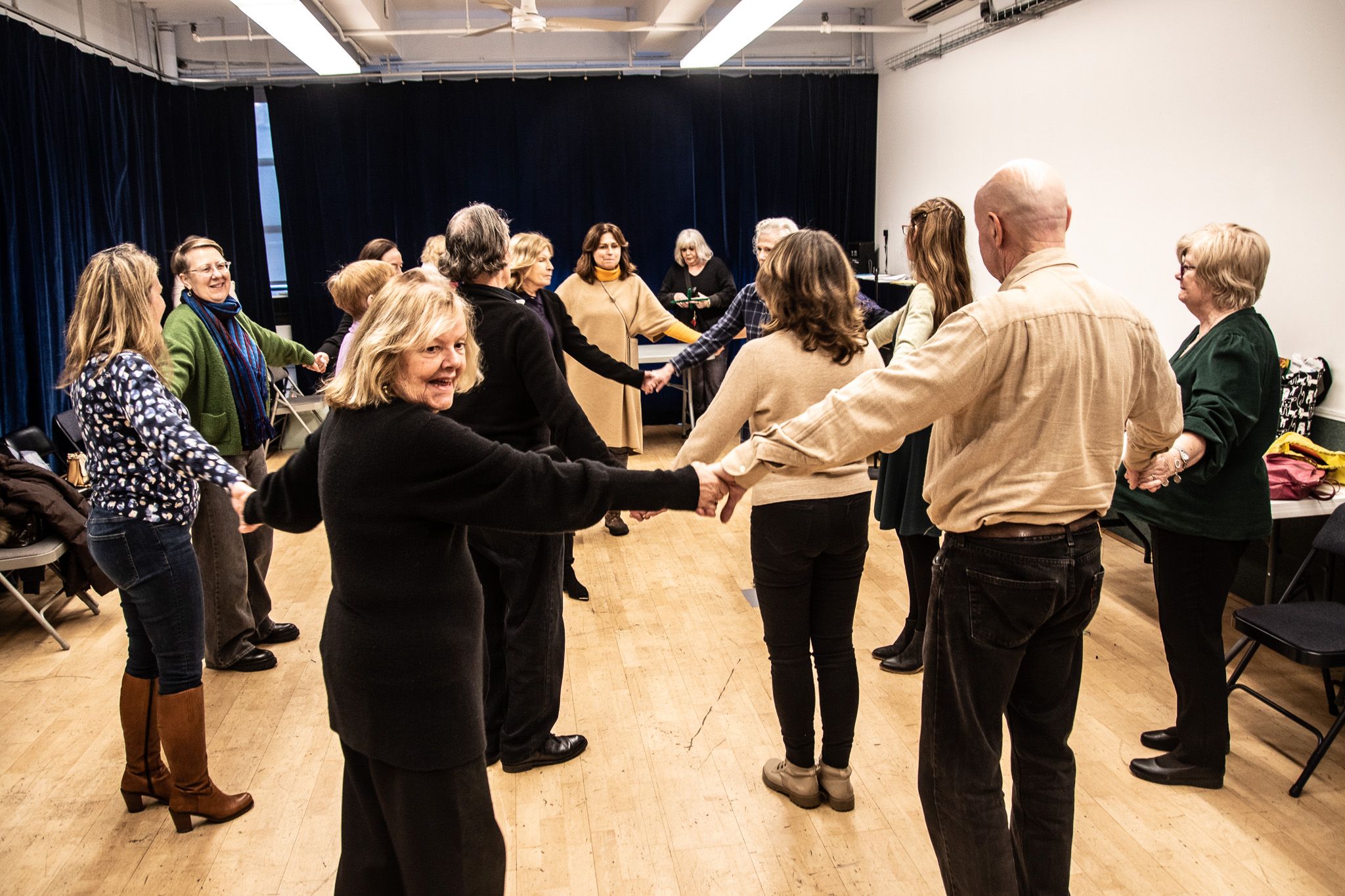
"The Bonfire Dance."
Learning and pronouncing Irish can be tricky for the uninitiated. Maura Mulligan encouraged a group of beginners to exercise their tongues singing the simple chorus of the song “Tuirne Mhaire” or “Mary’s Spinning Wheel.” We all did a lot better with the chorus’s “Fa la la, Fa-leri” than we did with the verses but we enjoyed hearing Maura’s Mayo lilt. Mary McIntyre, also from Mayo, practiced the poem “Failte Roimh an Earrach” (‘Welcome to the Spring’), with her more advanced group of Irish students.
Barry’s tea and a slice of Mary Fee’s famous breads wetted whistles and re-energized us for the next part of the program. Mary McIntyre and Pat Mangan presented our donation to the seven energetic and appreciative UNWLA members present. Orysia Styzak updated us on the current state of their homeland, and, in a touching surprise, member Luyba Shatanska gave Maura a beautiful necklace of polished stones she had designed and made to show her heartfelt thanks for our longstanding support.
Sheila Houlihan and Lori Bloomberg took on additional cross weavers while Tami McLaughlin expertly guided both the craft-savvy as well as those with two left hands (me) in creating beautiful sunset-hued lilies to grace our homes with spring promise.
Maura led us all in a simple version of the traditional “Bonfire Dance” to end the day. Light and fires are an integral part of Irish life and gatherings, and everyone responded to Maura’s directions and managed a pretty good rendering, aided by our musicians. Eddie Fee and Pat Mangan performed some impressive solo footwork to a jig and a reel before we gave the group dance a last encore.
The talented playwright and musician Dan Brown took marvelous photographs of the whole event. His new play, “The Gritarer Verde”, will be in the New York Theater Festival in mid-February ((https://newyorktheaterfestival.com/thegritarer-verde/).
At the end of the afternoon, it was dark outside and the wind keener but our perceptions had mellowed after an early tempting taste of Spring. It was on our doorsteps now and we were all the warmer and lighter stepping outside, our flowers and crosses eager to grace our own homes.

